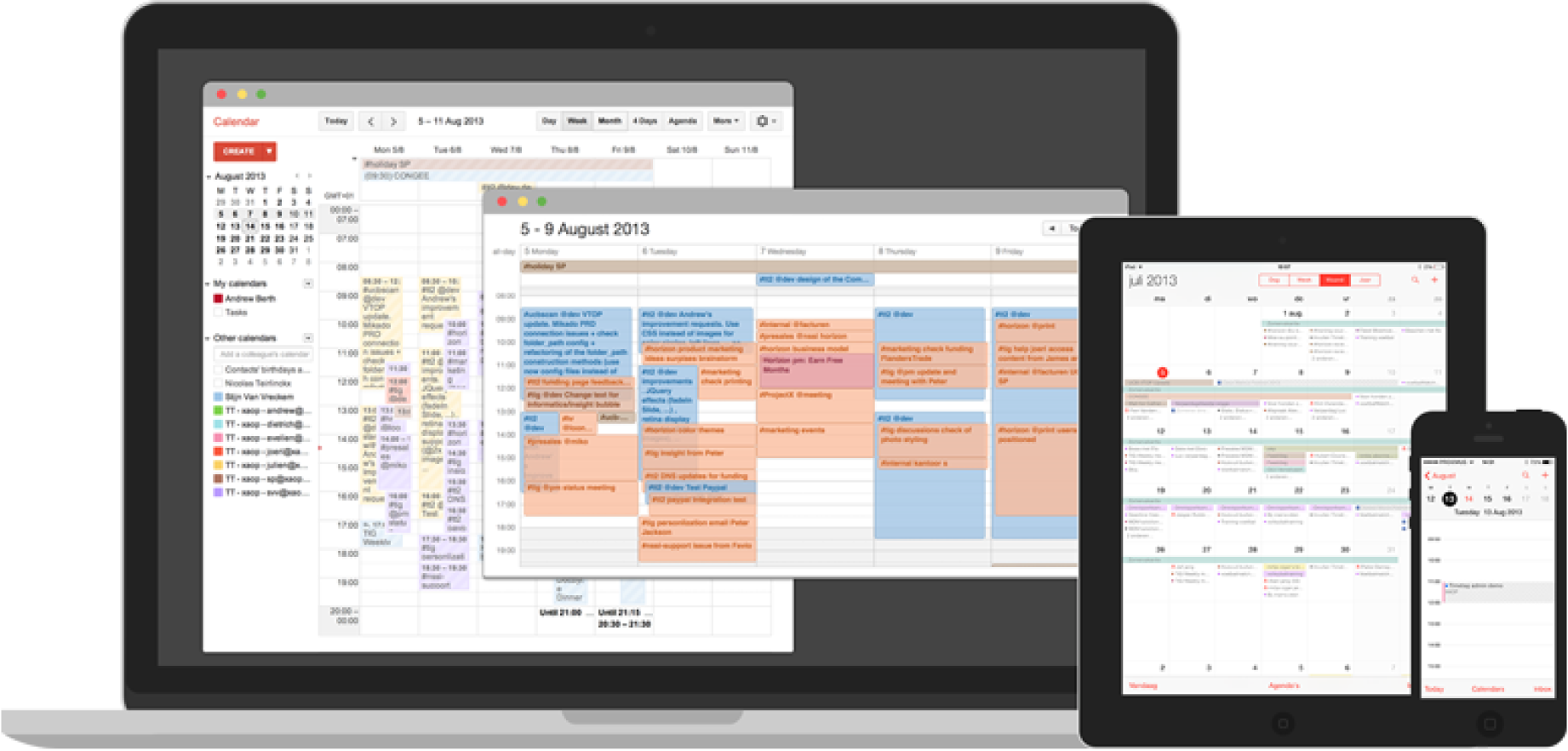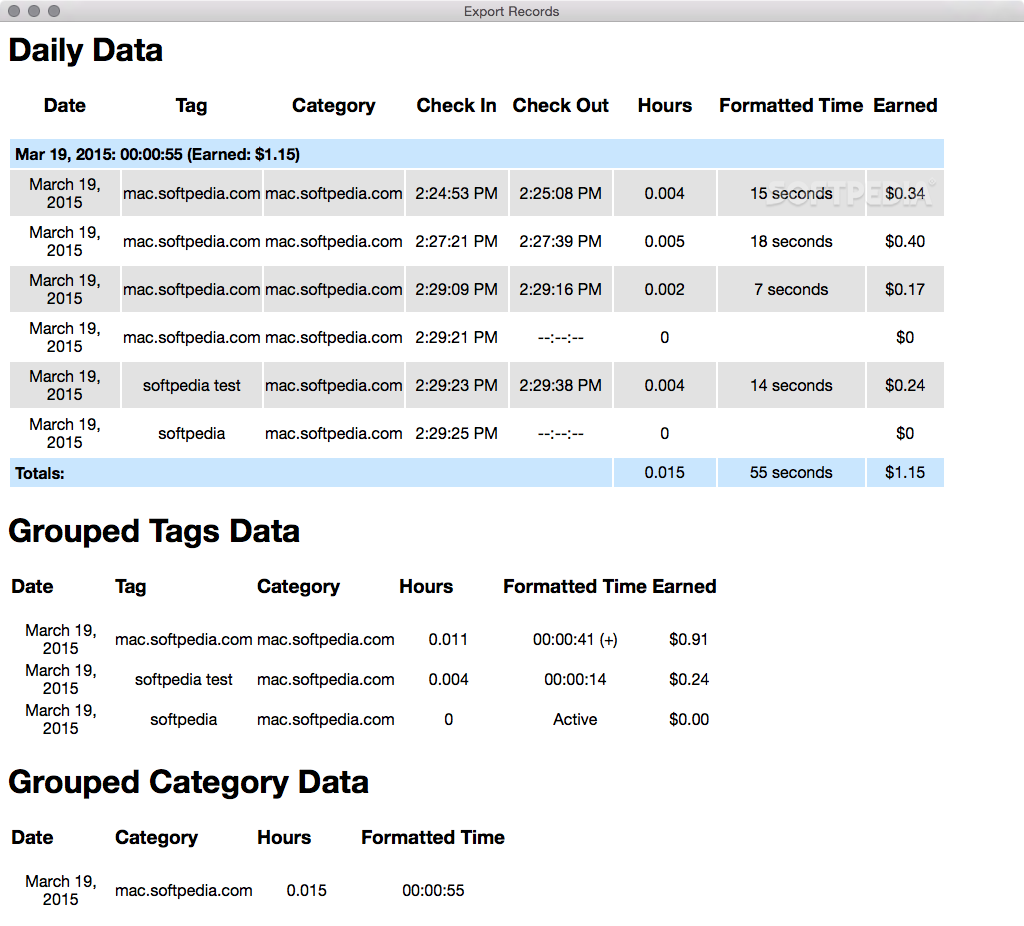

In 1950, the Mexican government decided to celebrate becoming the first Latin American country to complete its section of the 19,000-mile Pan American Highway by organising a no-holds-barred motor race along the road itself – with the only eligible vehicles being five-seat sedans. Soon, talk turned to the country’s notorious road race La Carrera Panamericana – and Heuer immediately became enthralled by the story of the event. TAG Heuer Carrera’s history is inextricably linked to the thrilling but deadly La Carrera Panamericana road races of 1950-54

Pedro and Ricardo Rodriguez were idolised as Mexico’s most famous drivers, and Heuer struck up a conversation with their parents in the pits.
TIMETAG TIME FOR DAY MESSES UP FULL
If you’re unfamiliar with the full story of how the Carrera came in to being, its existence can be traced back to 1962 when Jack Heuer (great grandson of Heuer founder, Edouard) found himself at the 12 Hours of Sebring endurance race, where the legendary Rodriguez brothers were driving for Ferrari. The first of these took place in January in Singapore with the launch of a limited-edition Carrera – a watch that harks back to the second series of the model produced during the late 1960s. It burst on to the scene in December 1963, making this its 60th anniversary year and TAG Heuer – as Heuer became in 1985 – quite rightly plans to push the boat out with a string of events to celebrate it. But there’s no denying that the Carrera has gone down in history as one of the most evocative, covetable and storied timepieces of its genre. True, it wasn’t the first chronograph made specifically for “automobilists”, or even the first watch to be designed with a motoring bent. There are driver’s watches, there are car watches, there are motoring watches – and then there’s the Heuer Carrera.


 0 kommentar(er)
0 kommentar(er)
